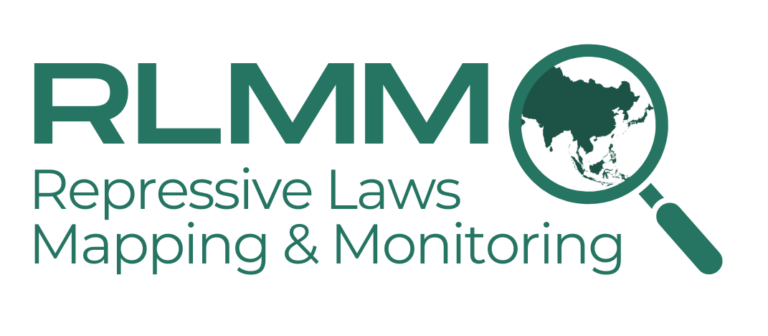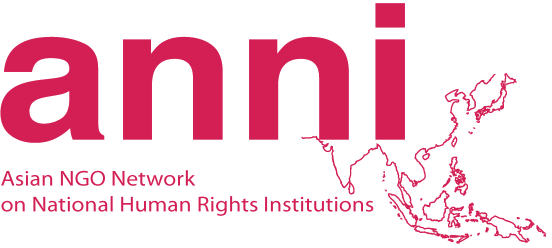Global Citizens’ Declaration: A Call for an End to the Korean War
and the Elimination of Nuclear Threats on the Korean Peninsula
Let’s Create a Nuclear-Free World by Signing the Peace Treaty and Declaring a Nuclear-Free Zone
This declaration proposes a fundamental and comprehensive resolution of military tensions and the nuclear crisis around the Korean peninsula, which make it difficult to achieve a region and a world without nuclear weapons.
Our Proposals
First: Immediately reconvene the lapsed Six-Party Talks in order to find ways to establish a nuclear-free zone on the Korean peninsula to resolve the nuclear crisis.
Second: Parallel to, or preceding, the Six-Party Talks, the countries involved — including South Korea, North Korea, the US, and China — should conduct negotiations that would lead to ending the armistice system and replacing it with a permanent peace system, based on the conclusion of a peace treaty.
Third: Parallel to, or preceding, the Six-Party Talks, North Korea-US, and North Korea-Japan bilateral talks should be initiated in order to comprehensively improve relations between these states.
Fourth: The two Koreas should expand their dialogue and cooperation with each other, with the active support and encouragement of neighboring countries.
Fifth: There must be an end to the US-Japan-ROK military cooperation, including the missile defense system, which perpetuates the arms race on the peninsula and in the wider East Asian region.
Sixth: Japan must be prevented from exercising the right of collective self-defense, as interpreted by the Abe administration, because this would nullify the Japanese peace constitution, particularly article 9, which has served as an anchor of peace in East Asia.
Seventh: Together with the conclusion of the Korean peninsula peace treaty, hostile military alliances must be phased out, stage by stage, and replaced by peaceful reciprocal relations, in order to contribute to the common security of the Korean peninsula and all East Asian countries.
———————————————————-
Seventy years ago, the atomic bombs dropped on Hiroshima and Nagasaki brought catastrophic humanitarian consequences, not only to the Japanese people, but also to around 70,000 Korean workers who had been forcibly taken to Japan by the colonial-imperial government. As a result of the Cold War, the Korean peninsula was divided and finally torn apart by the Korean War. Under the unstable armistice system, the Korean peninsula has become the powder keg of East Asia, with the world’s most concentrated accumulation of weapons – including nuclear weapons. The fear of nuclear war continues.
Conflicts and Mutual Distrust in the Last 20 years Regarding North Korea’s Nuclear Program
21 years have passed since the Agreed Framework between the United States of America and the Democratic People’s Republic of Korea was signed in 1994. Since then there have been several additional agreements to peacefully resolve the nuclear problems on the Korean peninsula, but no agreement has been fully implemented. As a result, North Korea has carried out nuclear tests on three different occasions.
The US and South Korean governments have argued that it was North Korea that broke the agreement and developed nuclear weapons while dialogues were proceeding. However, this argument is not persuasive, because it is not based on observed facts. The history of interaction between North Korea and the US shows numerous instances when the US, a major nuclear power, broke agreements to give negative security assurance to North Korea, or provoked the North by implementing rigid, hostile policies. The nuclear crisis on the Korean peninsula has been aggravated because of accumulated distrust between the US and North Korea, North Korea and South Korea, and neighboring countries and North Korea. It is not the fault of only one country. All must accept responsibility.
An Unrealistic Resolution Ended in Failure: Hostility and Containment
In the last 20 years, unilateral hostile US policies against North Korea, such as pressure and containment, the reinforced nuclear umbrella for South Korea and conventional weapons, have been put into effect in concert with the US’ partners and allies. These have proved ineffective in the effort to resolve North Korean nuclear issues. The history of conflicts that have developed around North Korea’s nuclear program demonstrates that when dialogue and negotiations were pursued, Pyeongyang slowed or suspended its nuclear program. The reverse was the case when the North saw itself as the target of pressure and isolation in the name of “hostile neglect” or “strategic patience”. In those conditions North Korea intensified its nuclear program activities and developed long-range missile capabilities. In particular, the situation has become worse whenever the policy has been to halt dialogue, in the vain hope that regime collapse or transition was imminent.
The US and South Korean governments insist that they are “open to dialogue, but only when North Korea shows that it is sincerely willing to give up its nuclear weapons”. However, demanding that North Korea must make the first move, by dismantling its nuclear program as a prerequisite to any dialogue, automatically perpetuates the long-standing deadlock. This attitude does nothing to help solve problems related to North Korea. The North has carried out three series of nuclear tests in defiance of sanctions. In order to elicit a positive response from North Korea, new methods must be applied. We need to bring into a new level of dialogue the kinds of bold, constructive proposals that are acceptable to both sides.
A New, Comprehensive Solution: Signing a Peace Treaty, Normalizing Relations, Establishing a Nuclear-Free Zone
Above all, we must present comprehensive solutions that will link the transition from the current armistice system to a peace system on the Korean peninsula, normalize relations between North Korea and the US, and between North Korea and Japan, and eliminate North Korea’s nuclear program. This is because the nuclear crisis on the Korean peninsula is ultimately due to the continuation of the armistice system. Once that is understood, it can be seen that the first step toward resolving the nuclear crisis on the Korean peninsula is to resume talks among the states concerned, which aim to bring about the conclusion of a Korean peninsula peace treaty. The treaty would be based on six-party agreement on a joint statement and on bilateral talks that would lead to normalization of relations between North Korea and the US, and between North Korea and Japan.
Second: Following this, we should go beyond Korean denuclearization and seek a more comprehensive solution that would definitively eliminate all the nuclear threats facing Northeast Asian countries. Resolving the Korean peninsula nuclear crisis is not an end in itself, but a necessary component of dealing with the Northeast Asian and global nuclear crises. The most effective way to eliminate nuclear threats on the Korean peninsula and in the larger Northeast Asian region is to establish a nuclear-free zone in Northeast Asia, not only on the Korean peninsula.
Third: We should make an effort in order to change the various disputes and military conflicts on the Korean peninsula into reciprocal, cooperative relationships. The unstable, fragile armistice system resulted from historical conflicts created after World War II. If this historical context is ignored, allowing Japan to exercise its right to collective self-defense, and reinforcing US-Japan-ROK military cooperation using the justification of nuclear and missile threats from North Korea, it will intensify the already extreme military tension and accelerate the vicious cycle of the regional arms race. Key elements in creating an East Asian peace and cooperation system are the preservation of Japan’s peace constitution and the conclusion of a Korean peninsula peace treaty.
For more information or media inquiry, please contact:
People’s Solidarity for Participatory Democracy (PSPD), Ms. GayoonBaek, [email protected], +82 (0)10 9436 0316
Solidarity for Peace and Reunification of Korea (SPARK), Ms. Hyeran Oh, [email protected], +82 (0)2 711 7292



